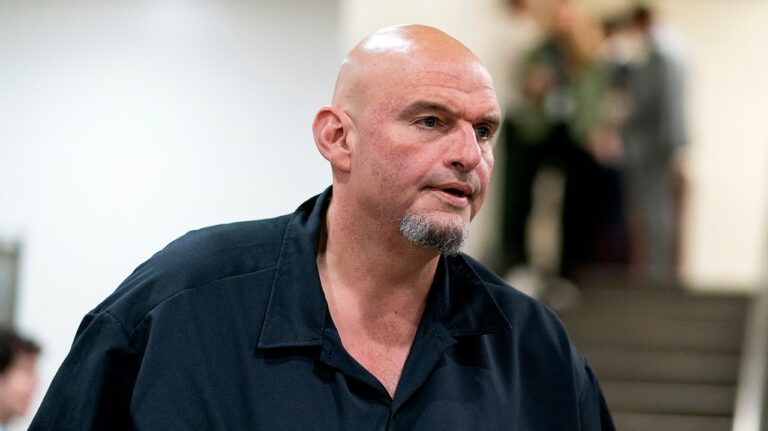
Phil Donahue, longtime king of daytime television, has died at the age of 88. His award-winning show also tackled difficult social and political issues. Today we will discuss about Phil donahue cause of death: Health,why in a wheelchair,Children,Have a stroke.
Phil donahue cause of death: Health,why in a wheelchair,Children,Have a stroke
Many people who think of pioneering talk show host Phil Donahue, who died Sunday at the age of 88, may bring to mind the satirical image played by Phil Hartman on Saturday Night Live in the early 1990s. Is: Walking around his set with the mic, interrogating his crying guests at machine gun speed, rolling his eyes and barking out inane questions from the audience. They think of him as someone with absolutely zero bedside manner, as Hartman does in this SNL segment that shows Donahue barking at a parade of crying domestic violence victims.
Donahue’s popularity at the time far exceeded Springer’s more todgy brand. When faced with a choice between watching Donahue, who at least attempted to imbue his show with a spirit of journalistic investigation, or the controversy between diaper fetishists and incestuous shoe-sniffing 7-Eleven clerks, the public agreed. The latter was chosen.
In many ways, Donahue was the progenitor of the trash talk TV show genre popularized by Springer and Povich and Lake and Jones. Especially toward the end of his career, when he was trying to keep up with his competitors, his questions were often prurient and his interests tended toward the taboo, his listeners constantly ooh-ing and ahhing at an endless parade of blinders. And kept ah-ing. Drag queens and drug addicts and crossdressers.
But I would prefer his legacy to be defined by a moment much earlier in his career, in the early 1980s, when Donahue was still a Midwestern hometown hero broadcasting from Chicago and the show still demonstrated journalistic restraint.
The wind was maintained. It’s an hour-long segment that has been preserved by the Classic Chicago Television Museum. Commercial breaks and all, it’s a fascinating glimpse of both the fear, confusion, bigotry and blind panic that marked the early days of the HIV/AIDS epidemic. and showcasing Donahue’s unique blend of curiosity, grace and empathy as an interviewer.

Health
The section, “AIDS”, is dated November 17, 1982 – exactly a year after The New York Times published its first article on the disease (“Rare Cancer Seen in 41 Gays”) attempts to explain the many mysterious illnesses associated with young homosexuals men in New York and San Francisco.) At the time Donahue’s show aired, just over 700 cases had been diagnosed, although thousands of people had already been unknowingly infected with the virus at the time. No one knew for sure how it was transmitted, nor were there any tests to identify who had the virus.
Most people in America knew only a few things about AIDS: 1) it spread primarily among gay men, and 2) it was terrifying, debilitating, and deadly.
Apart from the LGTBQ press, there was little mainstream media coverage of the pandemic. Most of the articles that were published, such as the Times story, were filled with misinformation or misrepresented HIV/AIDS as an exclusively homosexual disease (even though the CDC had already tested positive for heterosexual individuals).
Several cases were identified in between). Reagan had yet to utter the term publicly, although just a month before Donahue’s segment aired, his deputy press secretary responded by openly joking to a question about the “gay plague.” Given how they didn’t have it.
It’s this context that makes Donahue’s hour-long segment so inspiring. Introducing his guests, including renowned HIV/AIDS activist Larry Kramer, NYC-based physician Dan Williams and an AIDS patient named Philip Lanzaretta, Donahue candidly acknowledged the ambiguity surrounding the virus, saying, “There’s a lot of mystery to it. Including this, and we don’t really know the answer.” But he is also candid about the seriousness of the disease as well as the shortcomings of the mainstream media and medical establishment in failing to adequately address it.
Donahue says, “When the gay community has a problem, it doesn’t get immediate enthusiastic establishment support for any problem.
why in a wheelchair
Phil Donahue, who flipped the script of daytime television by tackling controversial issues in front of a live audience, has died after a long illness, his family announced in a statement Monday.
He was 88 years old.
“Donahue died Sunday night with his family by his side, including his wife of 44 years, Marlo Thomas, his sister, their children, grandchildren and his beloved golden retriever, Charlie,” his family said in a statement to CNN “
The news of his death surprised and saddened many people, including fellow talk show host Oprah Winfrey, who paid tribute to Donahue on social media.
Winfrey wrote, “There would have been no Oprah show without Phil Donahue, who was the first show to prove that daytime talking and looking at women should be taken seriously.” “He was a pioneer. I’m glad I have him to thank for that. Rest in peace Phil.”
The famous host led “The Phil Donahue Show” for nearly three decades, from 1967 to 1996.
Even though the show ended 28 years ago, Donahue was in the national spotlight as recently as May, when she and 18 other honorees received the Medal of Freedom from President Joe Biden. This award is the highest civilian honor of the country.
Philip John Donahue was born on December 21, 1935 in Cleveland, Ohio. He honed his broadcasting skills as a radio and TV news anchor in Ohio.
Donahue’s big break came in 1967, when Dayton’s WLWD-TV launched “The Phil Donahue Show”. The host came up with the unprecedented idea of asking questions from the studio audience.
Phil donahue cause of death: Health,why in a wheelchair,Children,Have a stroke
The show earned a reputation as a platform for hot-button topics at the time, such as equal rights for women.
The show moved to Chicago and then New York, while expanding to more stations across the US.
National syndication led to high-profile guests – including his future wife, actress Marlo Thomas. In 1977, audiences watched the couple fall in love live on the show.
“You’re really attractive,” Donahue said to Thomas on stage, pulling her hand.
Children
Daytime talk show legend Phil Donahue was a recognizable face to generations of children — and he even had five children of his own: Michael, Kevin, Daniel, Mary Rose and James.
Have a stroke
Phil Donahue combined a broadcaster’s telegenic appeal, an insistent curiosity, and a penchant for provocative subjects to create a new genre of television – the audience participation talk show – that took over daytime television for a short time and created a TV Sealed his position as the pioneer. The broadcaster, who was 88, died on Sunday, his family said.
No cause of death was given, although his family said he “passed away peacefully after a long illness.”
But even though he built his legend on cheeky stunts, Donahue often led serious conversations on news topics. From interviewing former Ku Klux Klan leader David Duke while running for governor of Louisiana in 1991 to confronting conservative activist Phyllis Schlafly, Donahue tackled hot-button issues with the enthusiasm of an investigative journalist—including the mainstream. Emulated those media people who always inspired him.
Phil donahue cause of death: Health,why in a wheelchair,Children,Have a stroke
“I grew up in this game with stars in my eyes,” Donahue said in an interview with NPR in 2021. “I’ve always admired mainstream media types. They went right for the jugular. I felt like they didn’t have to be popular. They just had to be aggressive and get their facts straight.”
Donahue seated his guests in front of a large studio audience, moving through the crowd with a microphone, mixing audience questions with his own and – for a time – questions from telephone callers.
The former radio announcer fired off questions with practical charm and a talent for dramatic pauses so distinctive that impressionist Darrell Hammond captured it on Saturday Night Live. Another SNL alumnus, Phil Hartman, actually satirized his face in 1989.
One of Donahue’s innovations was that he spoke to the predominantly female TV audience without talking to them, highlighting a single topic per show: atheism, abortion, racism.
The host himself said that the controversy was the key to his show’s survival.




